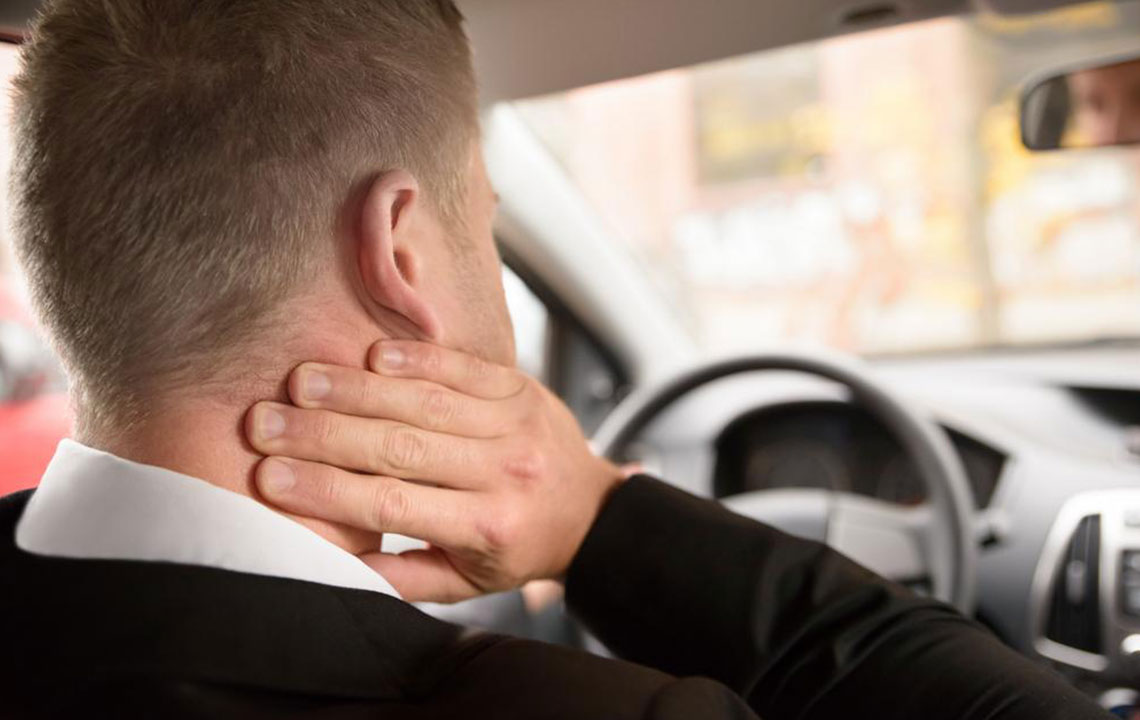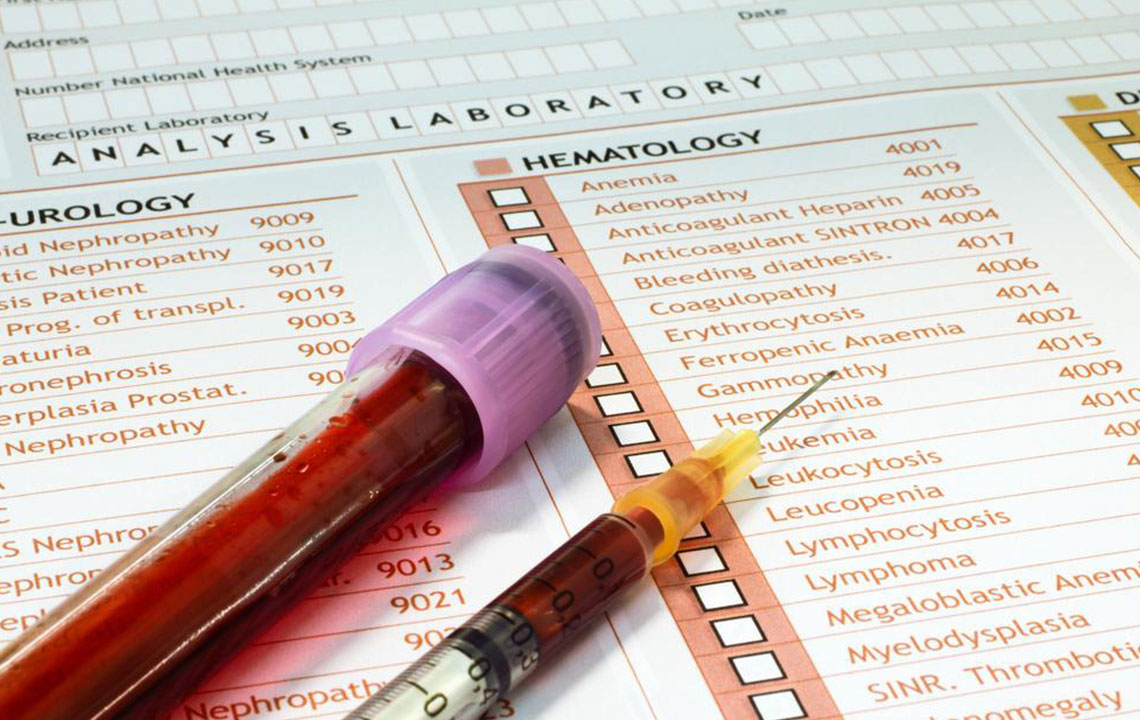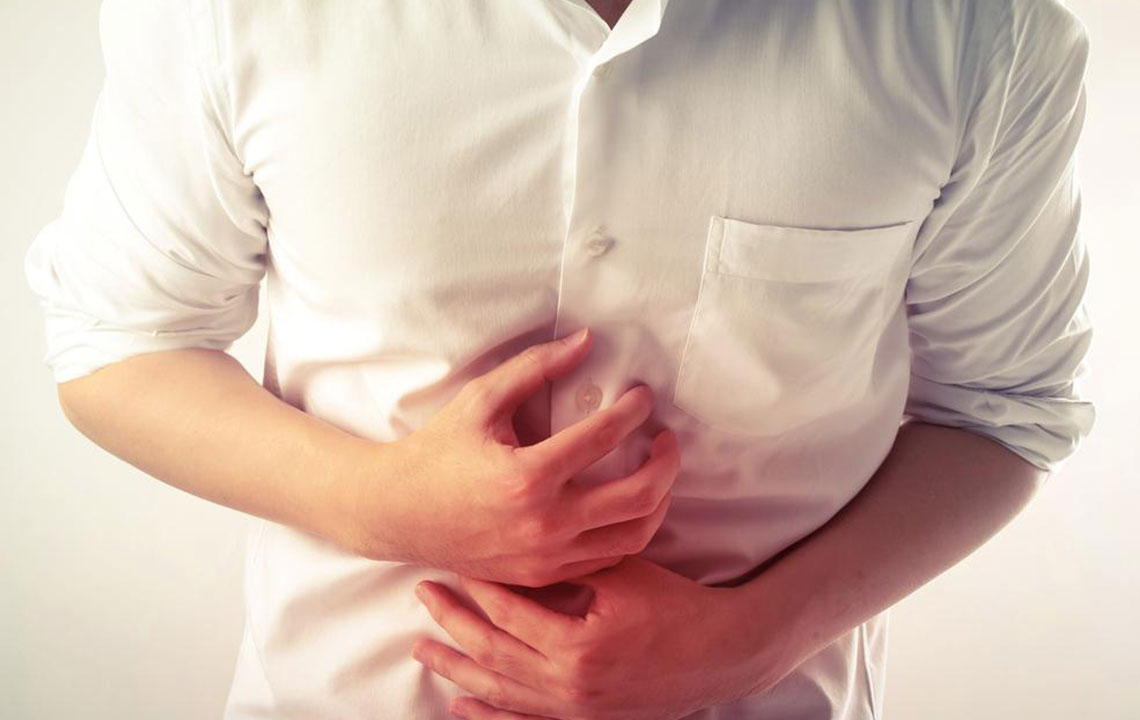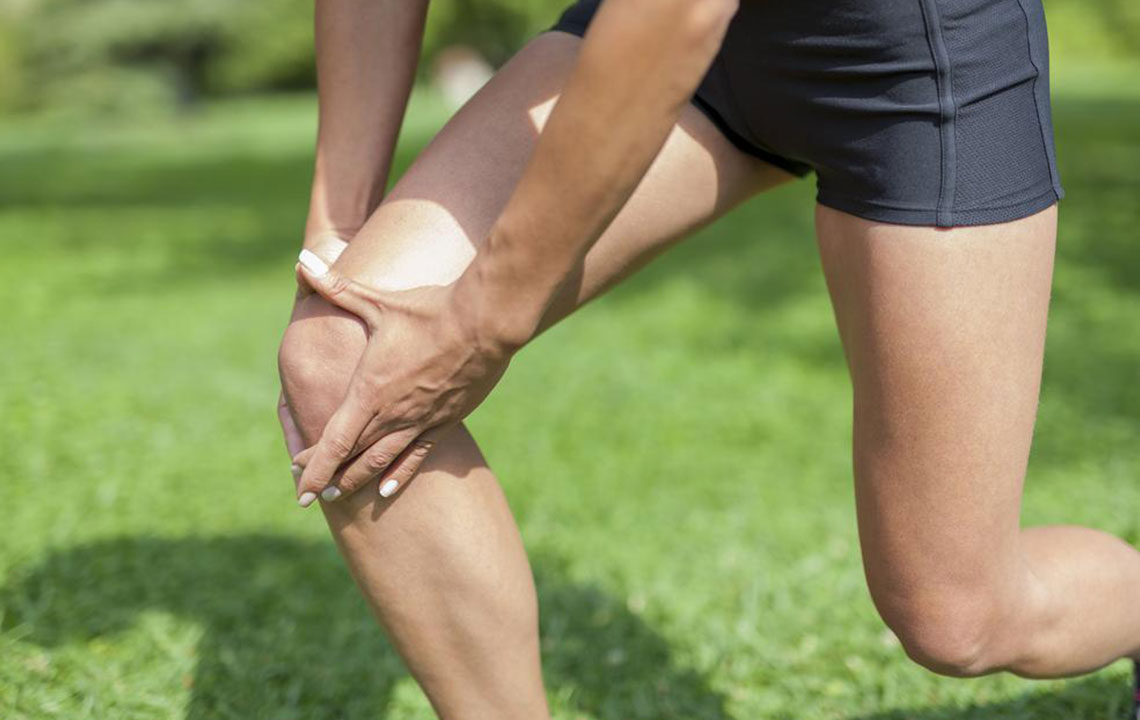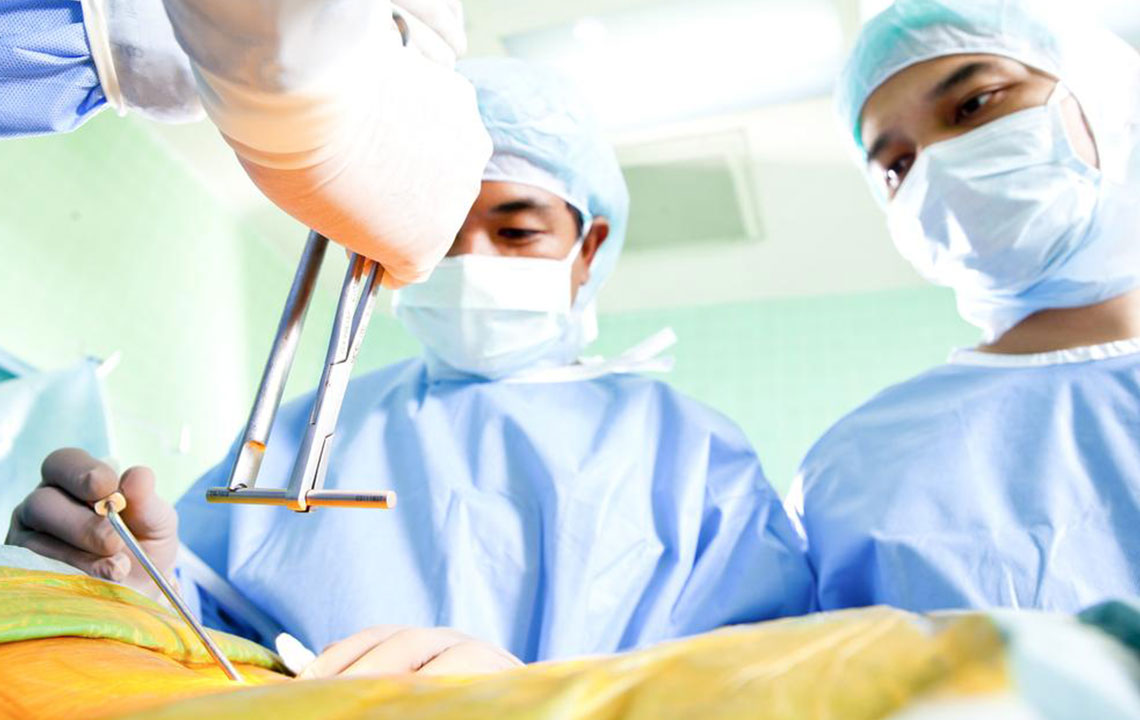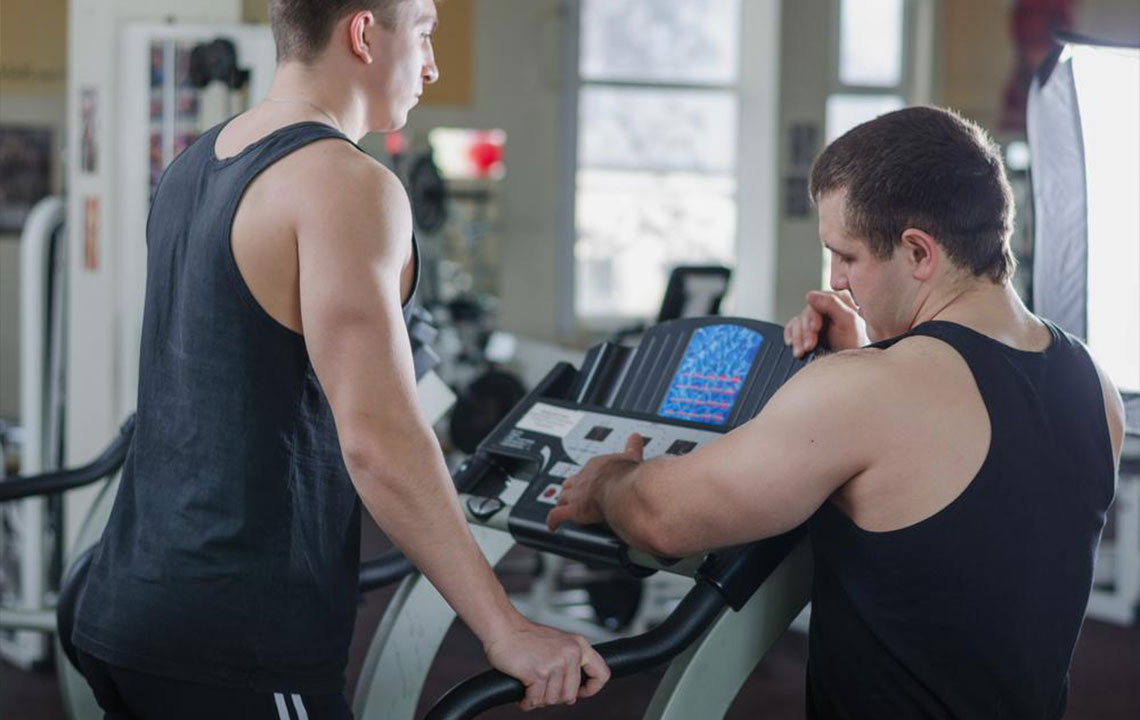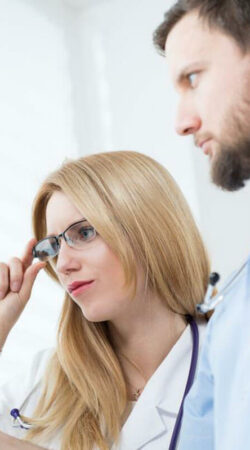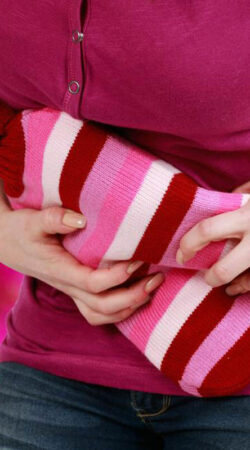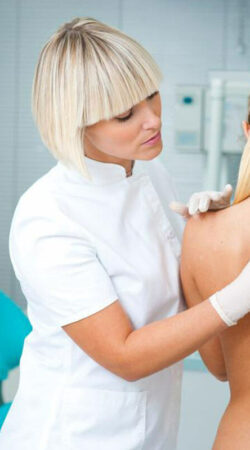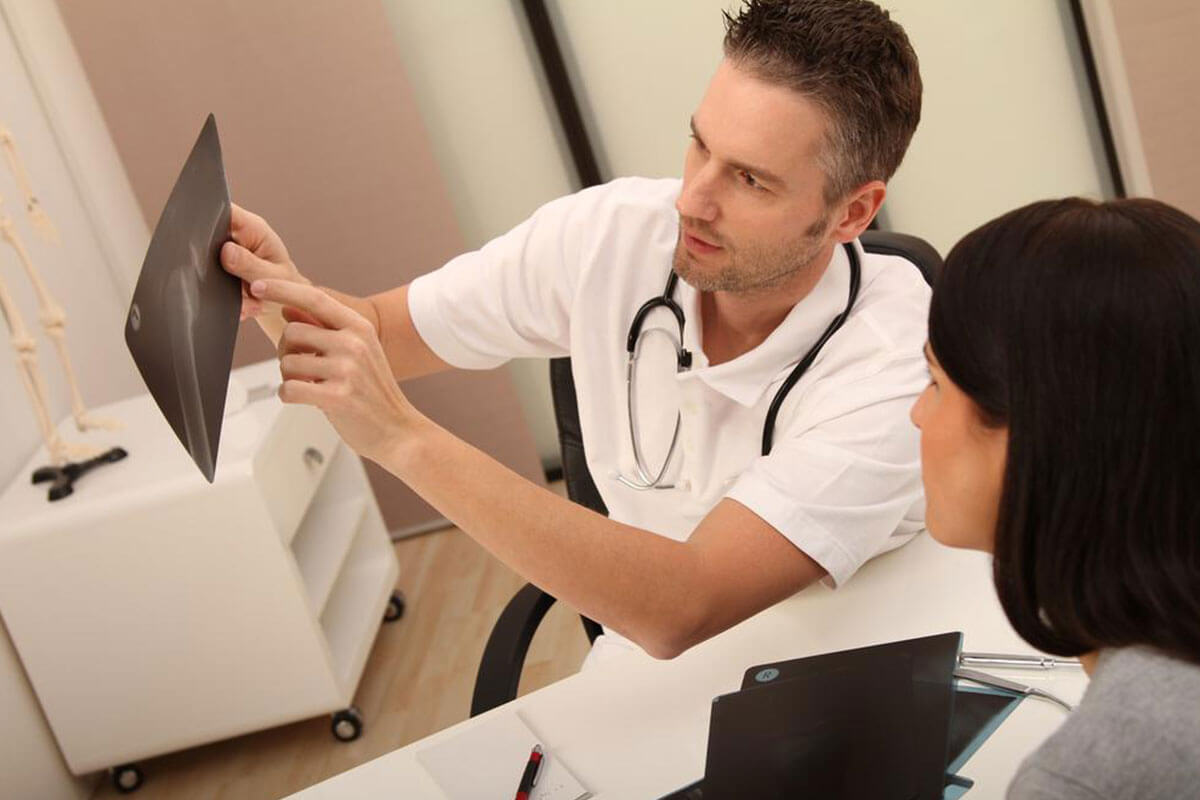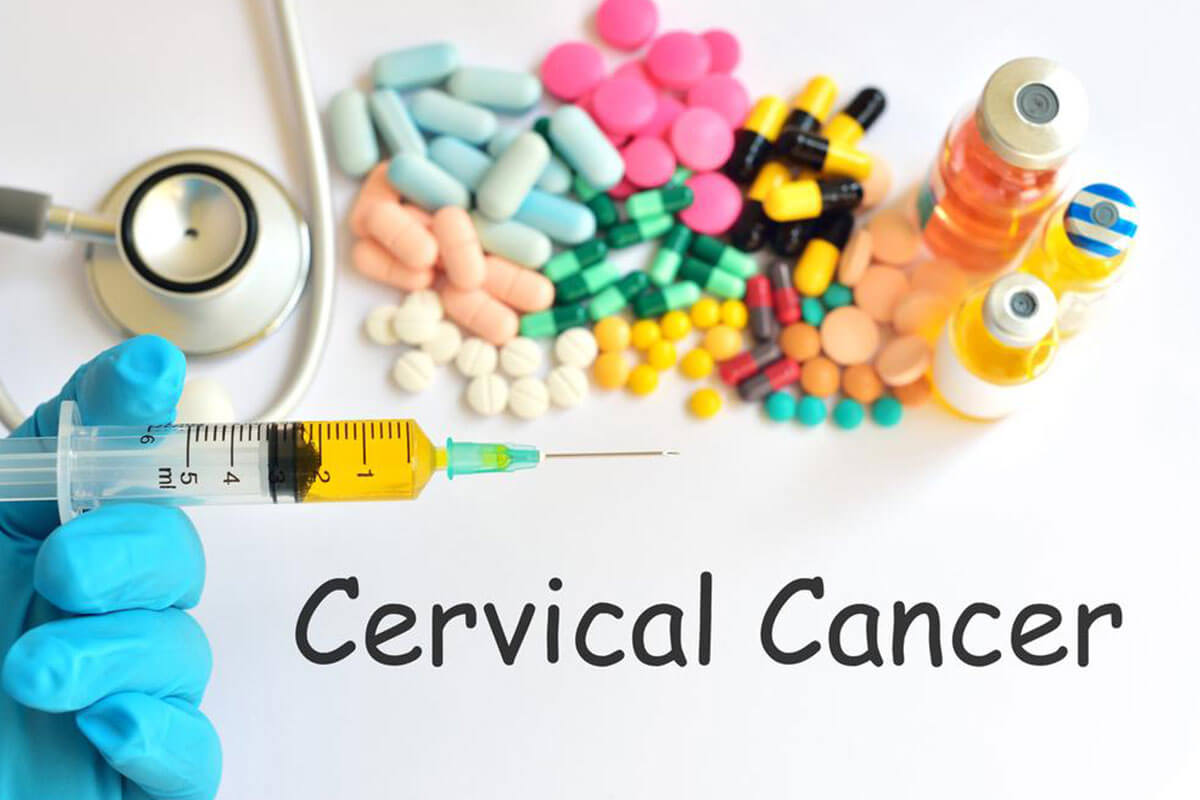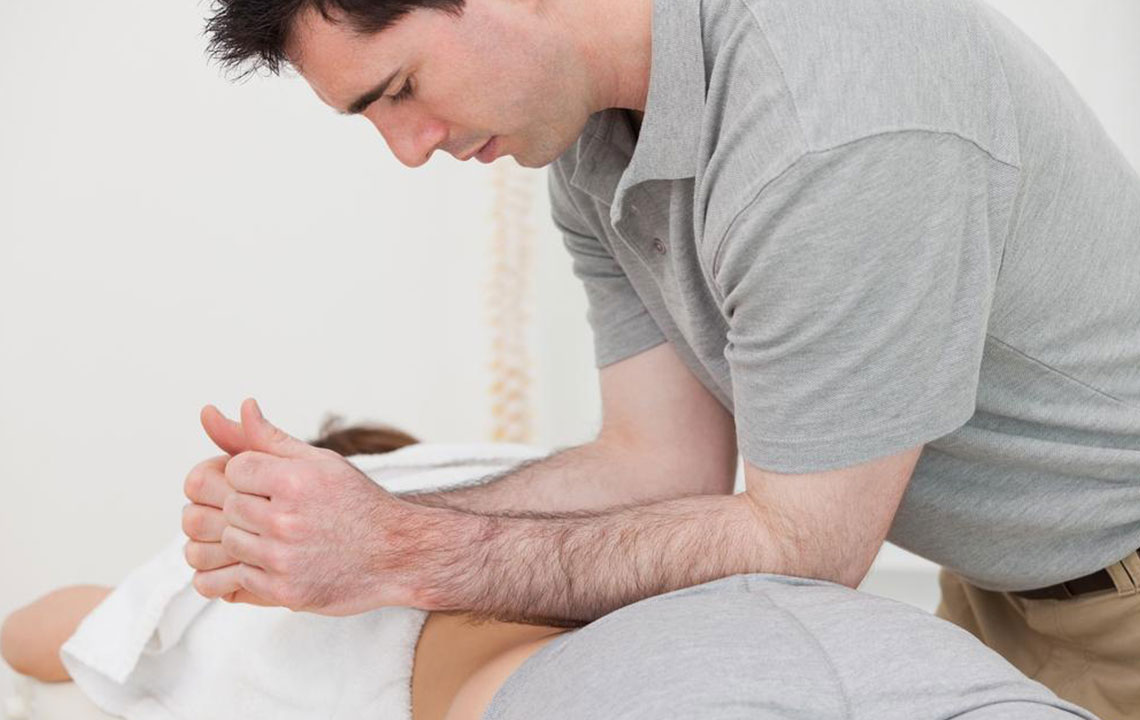
Tips
Useful Tips for Herniated Disc Treatments
Spinal disc herniation is commonly referred to as a slipped disc. It is a physiological disorder that affects the spinal column. In this, a tear occurs outside the fibrous circle of a prolapsed disc. This allows the soft, central part to protrude at the further side of the damaged outer rings. A herniated disc occurs between the fourth and fifth lumbar vertebrae. This is at the lower back. The discs are pads which act as cushions between the vertebral components. This reduces the stress during movements of the spinal column. The discs look like jelly donuts. They have a central softener. Age or injury impairs the disc. The softer middle part penetrates through the surrounding outer part. The tear of the middle part of the disc exerts more pressure against one or more of the lumbar spine nerve root. This causes pain and discomfort. Risk factors for spinal disc herniation Risk factors for a herniated disc include wear and tear of the lumbar spine. The only way to prevent a slipped disc is to avoid lifting heavy objects or awkwardly twist your spine. If the back pain radiates down one of your arms or legs, you must seek immediate medical care.
